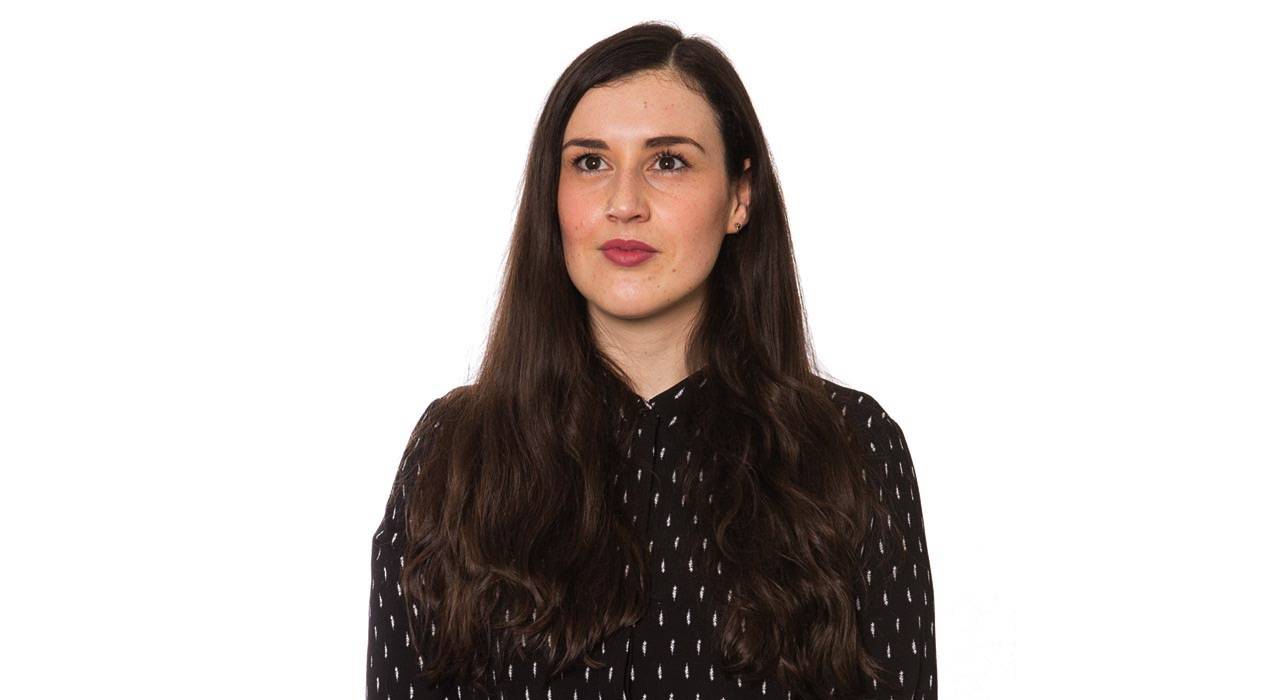This week’s column comes to you from beneath the deck of a ferry headingfrom Athens to the Cyclades. Despite weeks of trepidation over reportsof chaos at Manchester Airport, the journey went without a hitch, andhere I am, on my first trip abroad ina post-lockdown world.
I’d almost forgotten the thrill of arriving in a new city, backpack in tow. I’d forgotten about lands where elderly people sit outside cafes drinking coffee and playing chess until midnight. Perhaps as a coping mechanism through the dark years of lockdowns and travel restrictions, I’d blocked out memories of warm evenings, cobbled streets and bars teeming with life.
But the world is back in business, and all over Europe and beyond people are gearing up for the first summer of full throttle tourism since the pandemic hit.
For me, I’m trying to cram it all in. Two years of lockdowns has left us all with a gap in experiences. There aren’t enough hours in the day to satisfy my need to play catch up. I want to see it all.
On the first day of my holiday I sought refuge from the brutal afternoon Athens sun in the city’s archaeological museum.
Founded at the end of the 19th century, the National Archaeological Museum of Athens is the largest archaeological museum in Greece and one of the most important museums in the world devoted to ancient Greek art.
The museum is stuffed to the brim with treasures from the ancient world: the burial mask of King Agamemnon, a bronze statue of a young boy riding a horse dating back to 150-140BC, necklaces and bangles belonging to Ancient Greek nobility.
But despite the gold diadems, the intricately decorated daggers, mirrors and vases and the impressive sculptures of Greek gods recovered from the Antikythera shipwreck after 2,000 years at the bottom of the sea, my eyes were drawn towards humbler treasures.
In the Neolithic section of the museum, the glass cabinets are home to a display of figurines dating back as far as 6,800BC. Mostly depicting women, the figurines, made from limestone and clay, boast voluptuous curves, rounded stomachs and exaggerated reproductive organs. The origins and purpose of such figures are debated by historians, but most agree that with their sexual characteristics emphasised, and with many figures celebrating pregnancy and fertility, women must have been objects of wonder during the Neolithic periods.
In 1996, historians Catherine Hodge McCoid and Leroy D McDermott published an article in American Anthropology titled Toward Decolonizing Gender: Female Vision in the Upper Paleolithic. In the paper McCoid and McDermott argue such figurines were most likely created by women, suggesting the artists lived in a society that depicted and celebrated the female body not for erotic male pleasure, but as something with its own intrinsic power and worth.
It’s a charming theory. In the modern world, where women are reckoning with a lifetime of conditioning that has told them they should be smaller, thinner and flawless, and in a world where bodies can be cut, smoothed over and edited,it’s comforting to think ofa time when women feltsuch pride at their growing bodies that they carvedthem into stone.
Saskia Murphy is a Manchester-based freelance journalist. Follow her on Twitter
@SaskiaMurphy



Leave a reply
Your email address will not be published.